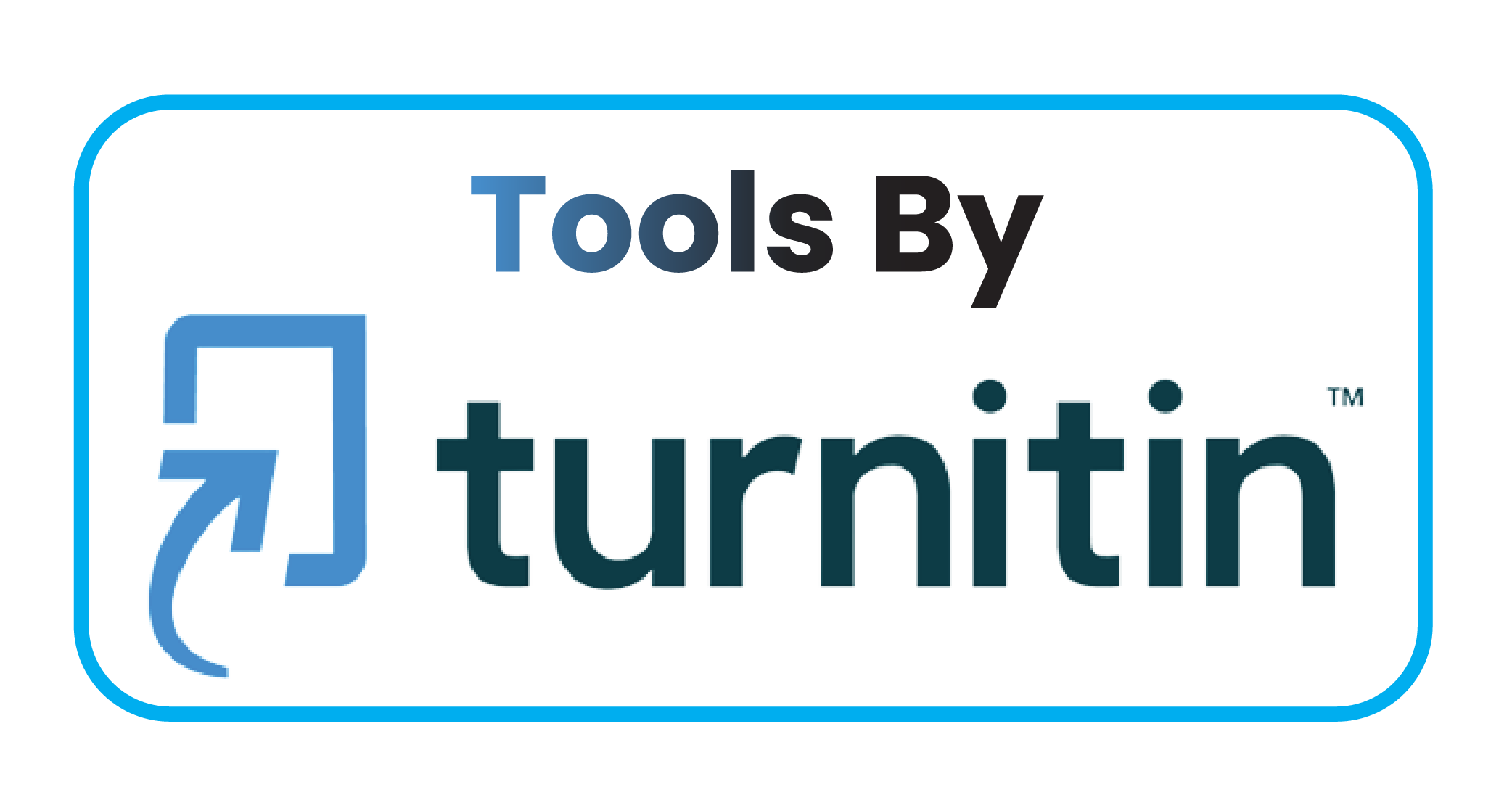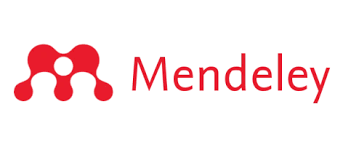Overview of the Production Process Layout Through the Technology Group at PT. Kayu Mebel Indonesia, Semarang
DOI:
https://doi.org/10.59888/ajosh.v1i08.54Keywords:
Rang Order Cluster Algorithm (ROCA), Similarity Coefficient (SC), From to chart, LayoutAbstract
This research was carried out at PT. Kayu Mebel Indonesia, Semarang. The company in this wood processing area has a production form that is elongated to the factory shape so that production is less than optimal. So it is necessary to revise the production layout by applying the Rank Order Cluster Algorithm (ROCA) and Similarity Coefficient (SC) methods, both of which are used to obtain a factory layout scheme that produces maximum production in order to achieve minimum back trafficking values. In order to know the forward and backward scores obtained through analysis from to chart. The results of the study obtained forward results which were originally 70.4% to 83.1% or an increase in the forward value of 12.7% from the initial layout. As for the backtracking value which was originally 29.6% to 16.9% or a decrease in the backtracking value of 12.7% from the initial layout. The results of the initial spacing of 1562.83 meters became 1466.37 meters or experienced a 7% savings from the previous layout. As for material handling costs, which were originally Rp. 760,280, - to Rp. 690,314, - or experienced a 7% savings from the previous layout
References
Arifin, Z. (2016). Rancang Ulang Tata Letak Fasilitas Dengan Pendekatan Group Technology Untuk Meminimasi Jarak Dan Waktu Penanganan Aliran Material Di Pt Xyz The Design Of Re-Layout Of Facility Using Group Technology To Minimize Distance And Time Of Flow Material Handling At Pt Xyz. Profisiensi: Jurnal Program Studi Teknik Industri, 4(2).
Indrianti, D. H., Nursanti, E., & La, S. T. S. (2016). Perancangan Ulang Tata Letak Mesin–Mesin Produksi Di Pt. Surya Bumi Kartika. Jurnal Teknologi Dan Manajemen Industri, 2(2), 17–22.
Irawan, D. (2018). Evaluasi Lay Out Proses Produksi Dengan Pendekatan Group Technology Di Pt. Haswin Hijau Perkasa. Gresik. Matrik: Jurnal Manajemen Dan Teknik Industri Produksi, 15(1), 37–52.
Permana, L. (2010). Aplikasi Metode Group Technology Dalam Perancangan Tata Letak Fasilitas Usulan Di Lantai Pabrikasi Cv. Komipa. Bandung: Universitas Langlangbuana Bandung.
Pratiwi, I. P., & Astuti, R. D. (2018). Penerapan Metode Group Technology Untuk Meminimasi Jarak Material Handling Pada Pt. Pqr. Prosiding Snst Fakultas Teknik, 1(1).
Purwanggono, B., & Sugiyono, A. (2006). Pembentukan Sel-Sel Mesin Untuk Mendapatkan Pengurangan Jarak Dan Biaya Material Handling Dengan Metode Heuristik Di Pt. Bengkel Cokro Bersaudara. J@ Ti Undip: Jurnal Teknik Industri, 1(2), 43–53.
Rodliyah, A., Choiri, M., & Himawan, R. (2014a). Perancangan Tata Letak Lantai Produksi Dengan Pendekatan Group Technology Untuk Mengurangi Jarak Material Handling (Studi Kasus Di Pt Indonesian Marine Corp. Ltd Divisi Boiler Singosari-Malang). Jurnal Rekayasa Dan Manajemen Sistem Industri, 2(3), 129407.
Rodliyah, A., Choiri, M., & Himawan, R. (2014b). Perancangan Tata Letak Lantai Produksi Dengan Pendekatan Group Technology Untuk Mengurangi Jarak Material Handling (Studi Kasus Di Pt Indonesian Marine Corp. Ltd Divisi Boiler Singosari-Malang). Jurnal Rekayasa Dan Manajemen Sistem Industri, 2(3), 129407.
Wignjosoebroto, S. 2009. Tata Letak Pabrik Dan Pemindahan Bahan. Surabaya: Guna Widya.
Downloads
Published
Issue
Section
License
Copyright (c) 2023 Antonius Cahyono, Rusdiyantoro Rusdiyantoro, M. Nusron Ali

This work is licensed under a Creative Commons Attribution-ShareAlike 4.0 International License.
Authors who publish with this journal agree to the following terms:
- Authors retain copyright and grant the journal right of first publication with the work simultaneously licensed under a Creative Commons Attribution-ShareAlike 4.0 International. that allows others to share the work with an acknowledgement of the work's authorship and initial publication in this journal.
- Authors are able to enter into separate, additional contractual arrangements for the non-exclusive distribution of the journal's published version of the work (e.g., post it to an institutional repository or publish it in a book), with an acknowledgement of its initial publication in this journal.
- Authors are permitted and encouraged to post their work online (e.g., in institutional repositories or on their website) prior to and during the submission process, as it can lead to productive exchanges, as well as earlier and greater citation of published work.










